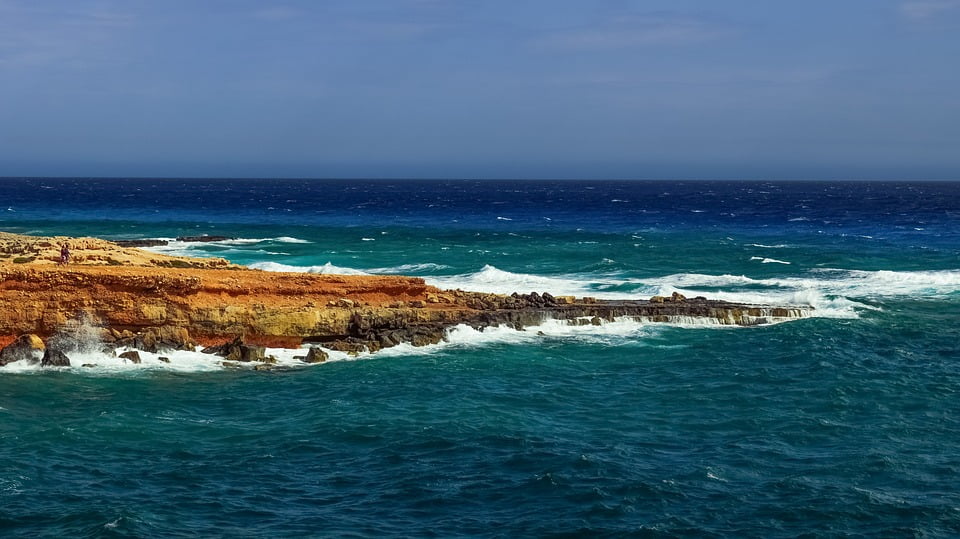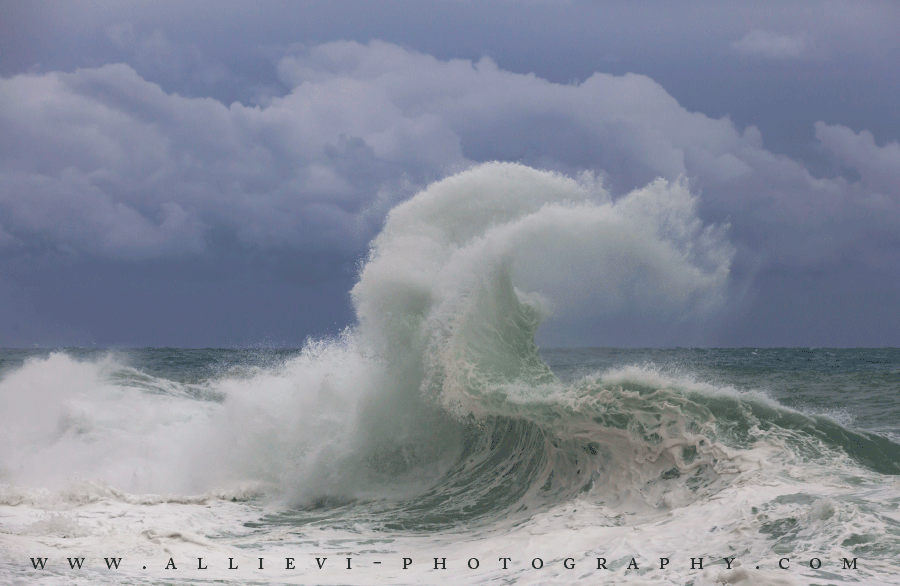
MMS and FERC will share responsibilities for hydrokinetic projects, such as wave, tidal and ocean current. The agreement gives Interior's Minerals Management Service exclusive jurisdiction over the production, transportation or transmission of energy from offshore wind and solar projects.
#Rough ocean waves license
Under an agreement announced last week, Interior will issue leases for offshore wave and current energy development, while FREC will license the projects. "And yet, from our perspective, from within our agency, there are still a lot of questions."īut the belief in marine energy is there in some quarters, prompting the Interior Department to clear up jurisdictional disputes with FERC for projects outside 3 miles from state waters. "You would think offshore wave energy projects are a given," Douros said. William Douros of the National Oceanic and Atmospheric Administration (NOAA) expressed similar concerns and said agency officials have been trying to sort through early jurisdictional disputes and the development of some technologies that would "take up a lot of space on the sea floor." People who put money into projects expect long-term returns." "From a project perspective, that doesn't work. "Most of these companies are start-ups," Feo said.

That has translated into little interest from the investment community. The first pilot tidal project, in New York's East River, took five years to get a permit from FERC.įeo, who handles renewable energy project financing at his law firm, says more than 80 ocean, tidal and river technologies are being tested by start-ups that do not have much access to capital or guarantee of long-term access to their resource. A buoy at a Marine Corps base in Hawaii is the only wave-powered device that has been connected to the power grid so far in the United States.

Roger Bedard, head of the Electric Power Research Institute's wave power research unit, said the United States is at least five and maybe 10 years away from the first commercial project in marine waters. And last fall, the California Public Utilities Commission (CPUC) denied Pacific Gas & Electric Co.'s application for a power purchase agreement with Finavera Renewables, citing the technology's immaturity. But the industry has been hampered by uncertainty about environmental effects, poor economics, jurisdictional tieups and scattered progress for a handful of entrepreneurs.įinavera Renewables, based in British Columbia, recently canceled all of its wave projects, bringing to a close what was the first permit for wave power from the Federal Energy Regulatory Commission.

Wave and tidal energy are renewable sources that can be used to meet California's renewable portfolio standard of 10 percent of electricity by 2010. "They are still a long ways from getting access to the capital and being deployed, because they are simply immature technologies." "It's basically not commercially financeable yet," said Edwin Feo, a partner at Milbank, Tweed, Hadley & McCloy, during a conference at Stanford University. While the potential for marine energy is great, ocean wave and tidal energy projects are still winding their way through an early research and development phase, these experts said. PALO ALTO, Calif.-Technology for tapping ocean waves, tides and rivers for electricity is far from commercial viability and lagging well behind wind, solar and other fledgling power sectors, a panel of experts said last week during a forum here on climate change and marine ecosystems.


 0 kommentar(er)
0 kommentar(er)
